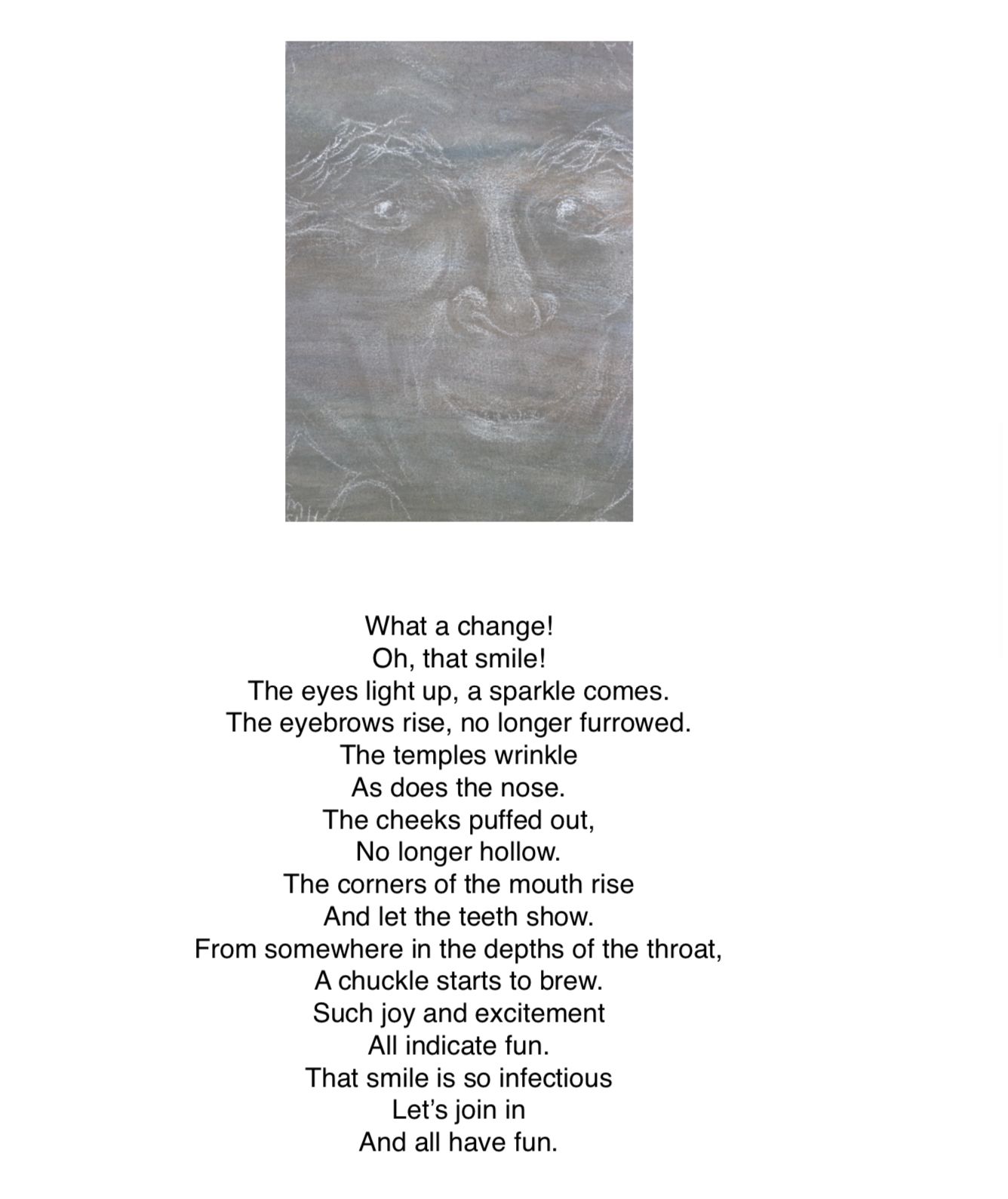Writers’ Ways 10: Editing

Editing – with a capital E
In the journey of Writers’ Ways, we have looked at various aspects of creative writing. Whilst the important part is putting what you want to say ‘down on paper’ or using some form of recording device, editing will become a consideration.
Writers’ Ways 9 was rather severe, so this time we have a new expression in our knot of wood:
A new knot expression

In one split second, that face with its watchful eye can change to one of joviality, as if a switch has been flicked and a light has gone on. The eyes gleam and smile. The eyebrows unravel and the forehead relaxes. The cheek muscles pucker and pull up the edges of the mouth, as a big grin spreads across the face. The lips part as if to say, “How exciting, what fun.” There is movement. This is happiness and everyone wants to take part.
This moment, the change in expression, is infectious and spreads a warmth which travels across spaces between people, or among a group. It spreads like a ripple. Even once the initial outburst of merriment has settled, there remains a feeling of content and peace.
How quickly a situation can change. Think of the muscles involved in that change of expression. Like a ripple, it is not just what is seen on the surface, but what is also happening underneath. Emotions are involved, and so much more. From being on the verge of anger, or deep concern, everything can become a bubbly time of fun.
It is very hard not to react to a happy smiley countenance other than by giving a smile in response. (From: Knots of Wood by C. M. Hawthorne.)
What a change

An example of editing
The first paragraph from the above might have been edited like this:

With some editing, this will now read as:-
In a split second that face, with its watchful eye, can change to a happy one as if a light has come on. The eye gleams and smile. The cheek muscles pucker and pull up the edges of the mouth as a big grin spreads across the face. The lips part as if to say, ”how exciting, what fun”. This is happiness and everyone wants to take part.
From 85 words, there are now 68. Yet, the message is basically the same.

And in the above examples, I put the passage into double line spacing which can make a piece of writing easier to read, and help you to spot errors or places that can easily be edited.
Do you ever find yourself reading someone else’s writing, and you notice a ‘little’ mistake but, that little mistake distracts you from what the writing is about? Sometimes in newspapers, one can spot a spelling error and think, ‘how did that happen?’ We expect the printed word to be perfect. We are all human. (Even machines? Don’t answer that one.)
For pondering
Look at a passage from a book you like; or, look at an article from a paper or magazine; or, look at a letter or message you have received from a friend or relative. Could you, would you edit it in some way? And, should you alter or change another person’s writing? Whose copyright is that?

Member discussion